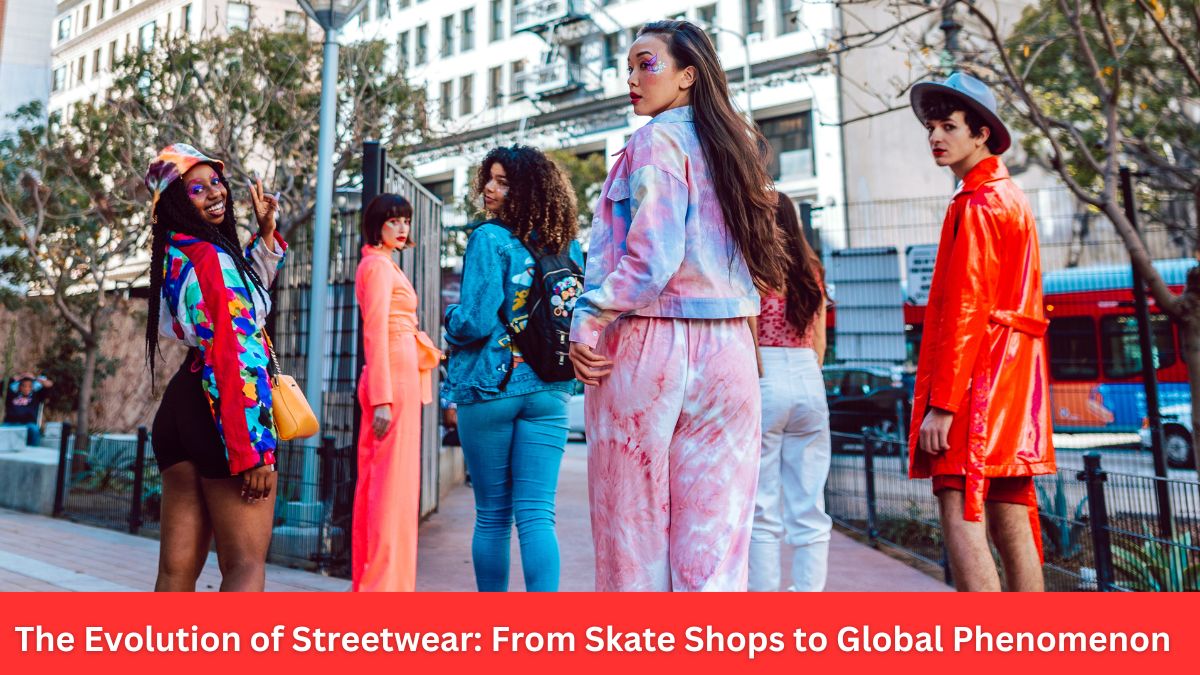Streetwear is a type of fashion that has grown tremendously popular in recent years. It is characterized by bold graphics, oversized silhouettes and a nod to urban culture. Streetwear has gone from being a niche trend in skateboarding and hip-hop circles to a global phenomenon embraced by celebrities, high fashion brands and everyday fashionistas.
This article will uncover the roots of streetwear, following it from its humble beginnings to its current status as a major cultural force. It will also explore the key brands and trends that have shaped streetwear over the years and examine their impact on fashion worldwide.
The Origins of streetwear
The origins of streetwear can be traced back to the 1980s and 1990s when hip-hop and skateboarding culture started to become more popular. The creativity that went into creating the clothes is what made streetwear unique. Outfits were often created by repurposing clothing and accessories from other sources. Take skaters for example.
They would wear loose-fitting jeans, oversized shirts and sneakers with distinctive and colorful designs. Meanwhile, hip-hop artists adopted flashy jewelry and sleek athletic wear, introducing tracksuits into their everyday look.
Independent clothing labels began to emerge, specifically targeting people with skateboarding and hip-hop lifestyles. These brands, which included pioneers like Stüssy, Supreme and FUCT, created clothing that reflected the DIY, countercultural spirit of the scenes they emerged from.
It’s easy to take for granted the convenience of buying clothes today. When streetwear was starting to develop as a fashion statement, chances of a nearby store having something you were looking for were slim. In contrast, you can now buy your favorite shaka wear outfits online from Wordans and get them delivered to your doorstep or the nearest pickup station.
Streetwear goes mainstream
By the early 2000s, streetwear began to move from the margins of society to the mainstream. This shift was partly driven by the rise of the internet, which allowed streetwear brands to reach a wider audience than ever before. Casual viewers of shows on MTV were also exposed to the growing fashion trend as musicians could be seen sporting their favorite streetwear clothes in music videos and live performances.
One notable example of this trend was the success of “Supreme,” a New York-based brand that began as a small skate shop. In the 2000s, Supreme’s distinctive box logo t-shirts, hoodies and accessories became incredibly popular among streetwear fans, helping to establish the brand as a cultural force.
As streetwear gained more mainstream recognition, it began influencing high fashion and luxury brands. Designers like Marc Jacobs and Raf Simons incorporated streetwear-inspired elements into their collections. Check out this winter fashion guide and you can see many outfits that were likely inspired by streetwear. Also, collaborations between streetwear labels and high fashion brands helped cement streetwear’s place in the fashion world and gave the movement more visibility and influence.
Streetwear today
Today, streetwear has become a global phenomenon, with fans and brands worldwide. In addition to the iconic brands that emerged in the 80s and 90s, new labels and designers are entering the scene every day.
In response to growing concerns about the environmental impact of fast fashion, many brands have started prioritizing eco-friendly materials, ethical labor practices and transparency in their supply chains. Modern streetwear is also blurring gender lines, making streetwear more accessible to everyone.
Social media continues to play a major role in the growth and popularity of streetwear, with platforms like Instagram and TikTok allowing fans and creators to connect and share their love of fashion. Influencers and celebrities also continue to be influential in streetwear, with many using their platforms to showcase the latest drops and collaborations.
Despite some designers claiming that streetwear is dead, its influence on high fashion shows no signs of slowing down. Luxury brands like Louis Vuitton, Gucci and Balenciaga have all released streetwear-inspired collections in recent years. This crossover between high fashion and streetwear has helped to blur the lines between the two worlds and create new opportunities for creative expression and innovation.
